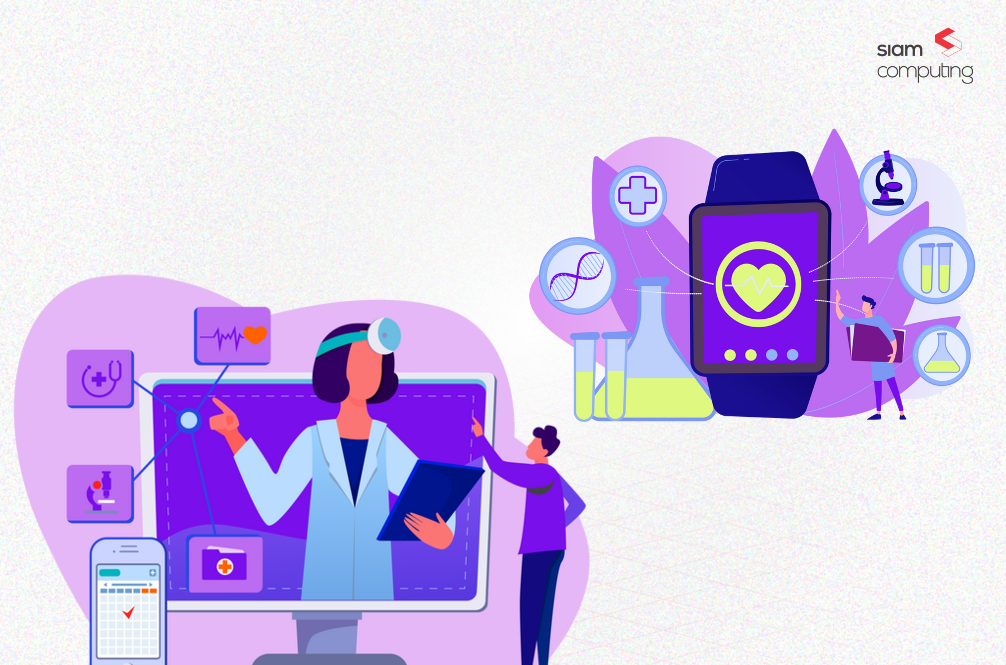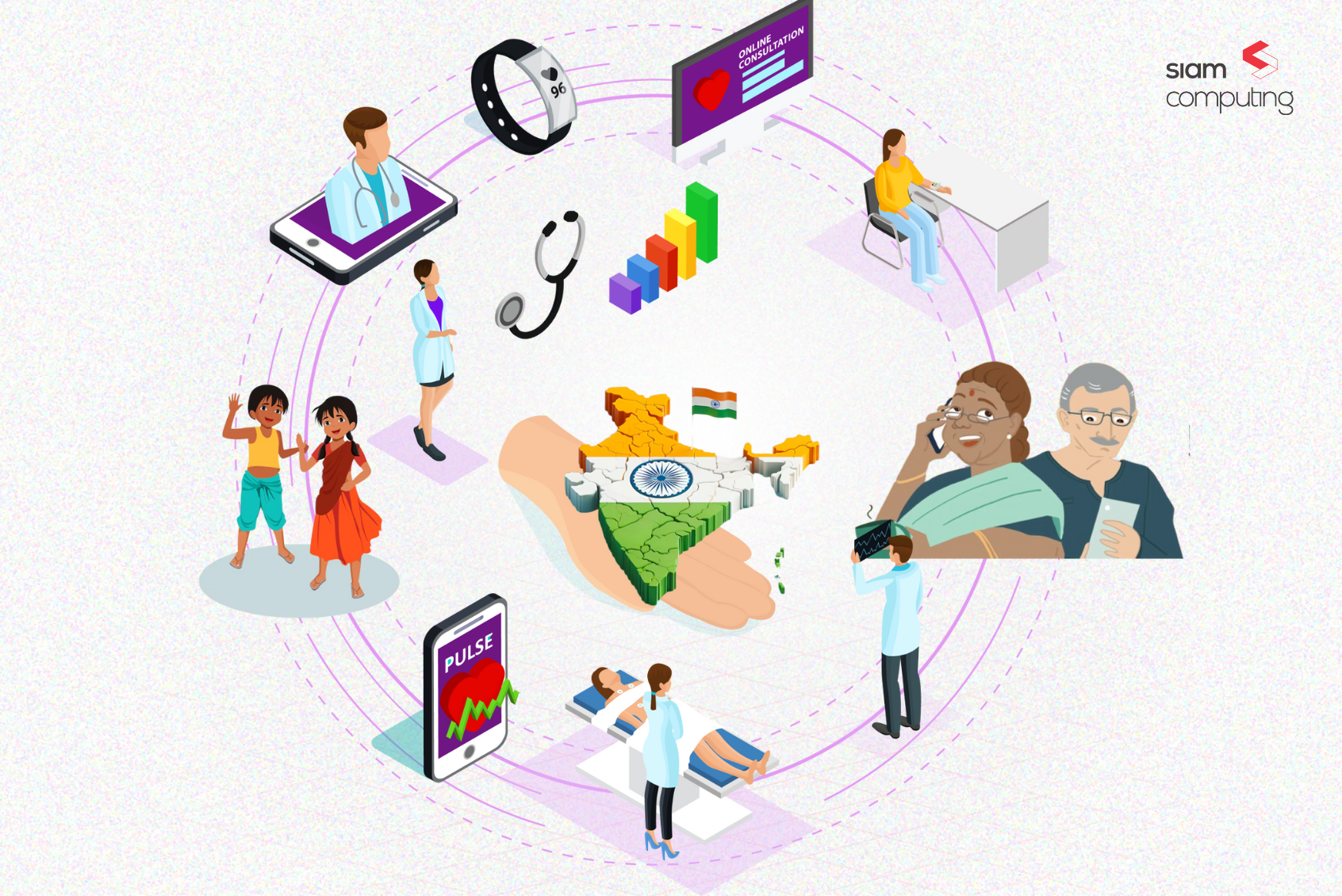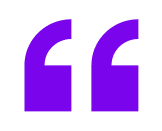Rapid prototyping is nothing but revisiting the design stage of your app or website periodically and bringing in changes to them. The goal is to instantaneously enhance the design by leveraging the regularly updated prototypes. As a result, you get to witness design issues upfront and solve them even before the development stage. Thus, it helps decrease your Time-to-Market and focus on the needs of your target audience.
The manufacturing industry started practicing the rapid prototyping approach, where it is a physical prototype to explain the product’s capabilities. In the IT industry, the prototype is either digital or on paper, but the core concept remains the same.
Generally, rapid prototyping is related to the Rapid Application Development methodology. But, you can also use it alongside agile methodology.
The Rapid Prototyping Process
There are 3 stages in rapid prototyping:
Prototyping
Depending on the design specification as recorded in the requirements document, your team would create a prototype. It can be either a low-fidelity or high-fidelity prototype. Also, it can either be interactive or non-interactive.
Feedback
The designers share the prototype with stakeholders, other team members, and focus groups. The prototype design is evaluated for both design and usability before submitting.
Improvement
Now, the feedback helps in making changes to the prototype. Again the process continues till there are no more iterations.
Low Fidelity Vs. High Fidelity Prototypes
A prototype’s fidelity is nothing but a measure of the resemblance of the final product.
A paper sketch is a low-fidelity prototype. It gives an overview of the building blocks of the app or website but misses out on the details. Since it isn’t interactive, you can confuse it with the real product and the users will lack the experience.
With a high-fidelity prototype, the users can interact with the prototype and can feel the experience the product would deliver as it mimics user interactions. When it comes to details, your users get to see and feel the layouts, logos, images, fonts, etc. Menus and buttons are also clickable and thus, interactive. Though high-fidelity prototypes take time to be built, they are an effective tool to check the design decisions by stakeholders and users to give tangible feedback on user journeys.
Simultaneously, it is common for small projects to get started with low-fidelity prototypes. When it comes to a larger project with a high-fidelity prototype, it is impossible to even test it. While working on a larger project, the process might begin with a low-fidelity prototype, but eventually, it would advance to a high-fidelity prototype through a series of iterations.
Rapid Prototyping and Rapid Application Development
When it comes to rapid application development, most of the development teams are using rapid prototyping to enable it. Rapid Application Development is similar to Agile methodology as it uses an iterative approach. The difference between them is, RAD focuses on speed and flexibility and is least bothered about the structure. As a result, RAD is preferred for smaller projects and can’t handle complex projects.
One of the key advantages of rapid prototyping is early user feedback. Rapid prototyping helps to keep the RAD’s speed up by kick-starting the project with few sets of requirements and include advancements as the development process progresses. As soon as your prototype is approved, your development team can develop a working model using the specifications.
Rapid Prototyping and Agile Methodology
Though both rapid application development and agile methodologies involve executing incremental enhancements over multiple iterations, they’re not the same. In rapid prototyping, the iterations happen during the design and planning stage to make structural decisions. As a result, the prototype is a separate entity, and developers start the programming part from scratch.
On the flip side, in Agile methodology, the iterative process happens in the development stage. Here, an MVP (Minimum Viable Product) is created, tested, and then is subjected to improvements. In other words, you can consider an MVP as a prototype, but it is not. It is a fully functional product but needs further enhancements to become the final product. In a nutshell, Agile methodology focuses on product development; whereas, rapid prototyping focuses on design practices.
However, you can still incorporate rapid prototyping in Agile methodology to receive feedback on the design before the development of the MVP itself. You must also remember that this is completely situational and not the common best practice.
Rapid Prototyping Isn’t About Perfectionism
One of the criticisms that rapid prototyping has to encounter is it can lead to the perpetuity of the revisions and thus increase the development time. It is often a problem of mismanagement and not because of the concept.
The ideal way to conduct this is to define a strict cut-off time after which the development phases begin to avoid delays. Now, implement changes through iterations once you get feedback. Always remember, a prototype is not the final product. If you do rapid prototyping right, it should reduce the development time and not extend it.
Why Do Product Managers Need to Understand Rapid Prototyping?
You don’t have to spend your resources on unproven and untested concepts. Rapid prototyping helps you to get real-world customer feedback. You can test your hypotheses with real users.
It’s invaluable to get your target audience to try things out, observe what works for them and what doesn’t. You can do that with rapid prototyping, and it reduces the time to market. Once you start fixing the “gotchas” in your product in the early stages, your team can move ahead with enough confidence. Else, they might need the drawing board again to get things straight.
Since rapid prototyping is an iterative process, your product must be well-prepared to give necessary inputs to the development team, and the UX designers roll out the prototypes. Now, you have to quickly review the usage, give feedback, and recommend the changes to be implemented in the next design. As you can see, it demands responsiveness, attentiveness, and collaboration to effectively move to the next phase: product development.
Rapid prototyping involves prioritizing the functionalities and features that matter the most to the users (through market research). If the prototype doesn’t include high-priority features, then there’s no point in building the product in the first place. So, the urgency puts you on the right track to visualize what matters the most.
Wrapping Up
Siam Computing is a team of elite developers who specialize in helping companies develop SaaS products and take them to market. Our team members are more than just developers – they’re specialists who work together to deliver a custom solution perfectly designed to achieve your specific objectives. Businesses love our work because of the in-depth market and competitor research with which we help enhance the user experience of the app idea. For more information, you can contact us or send your queries to hello@siamcomputing.com.








